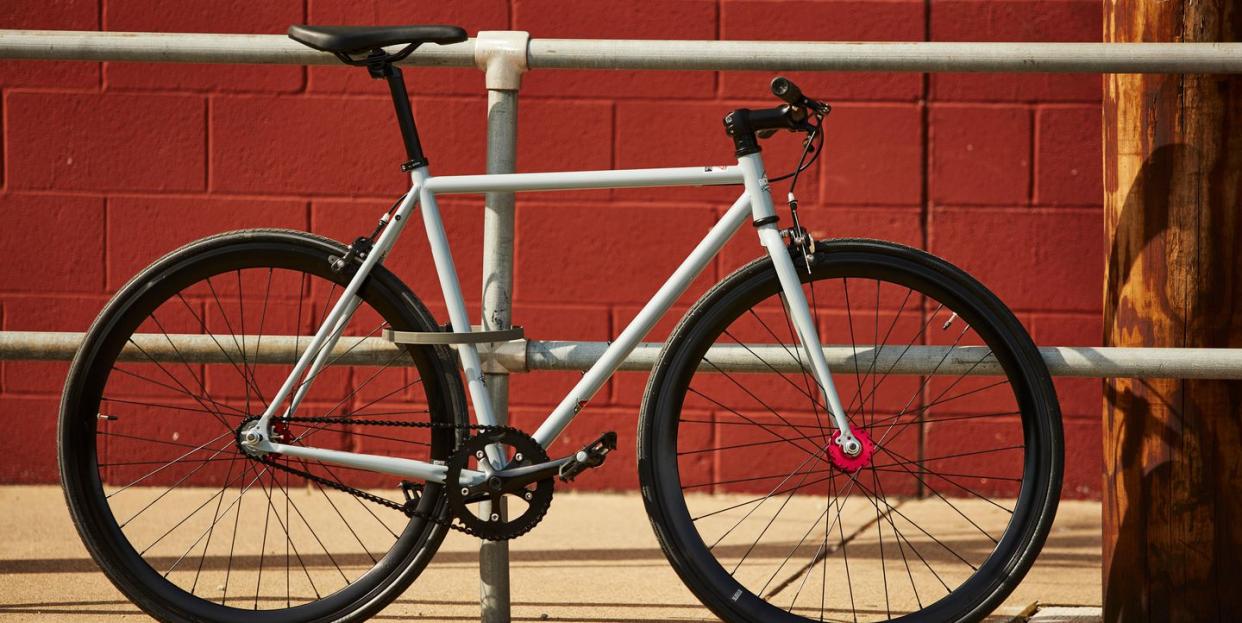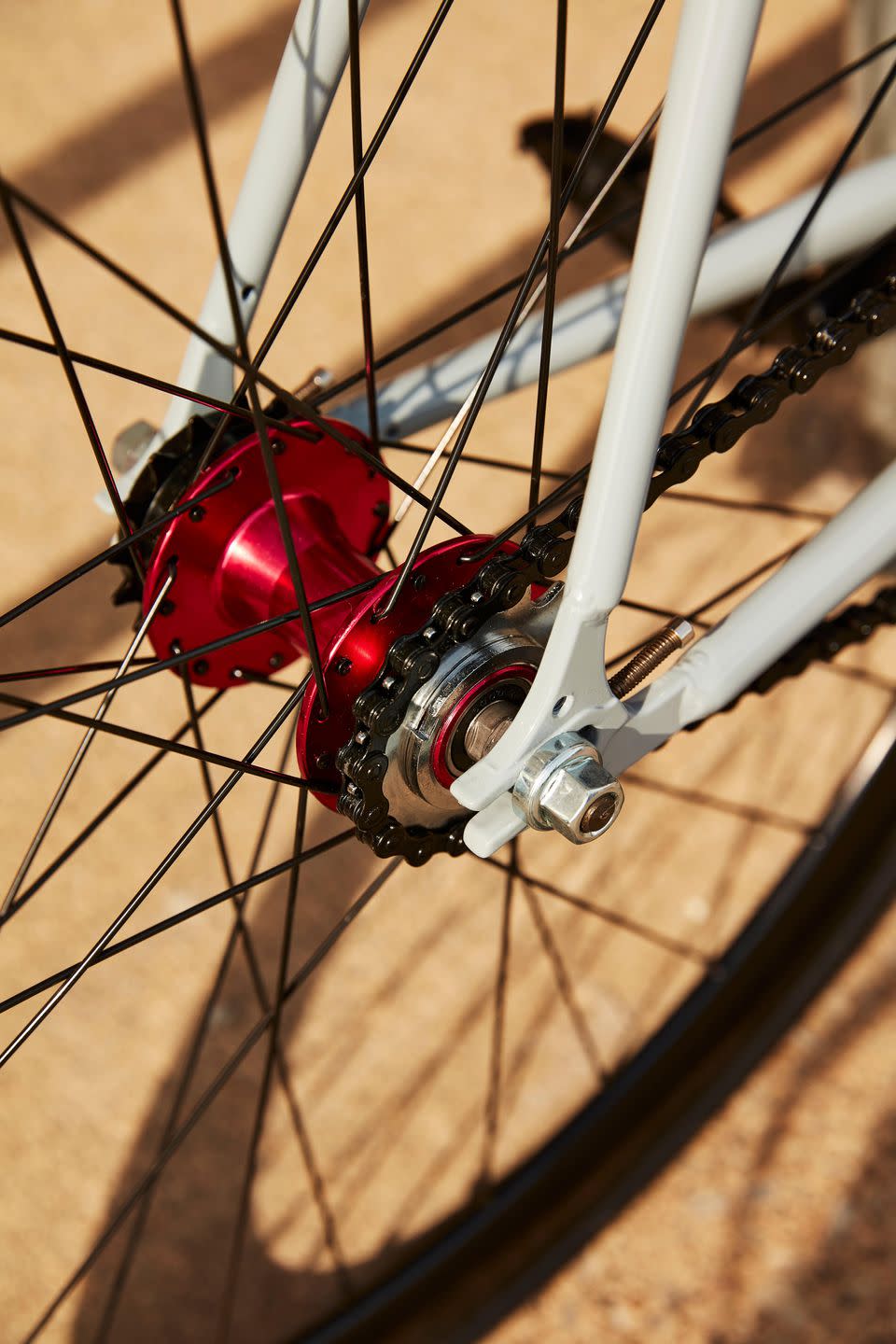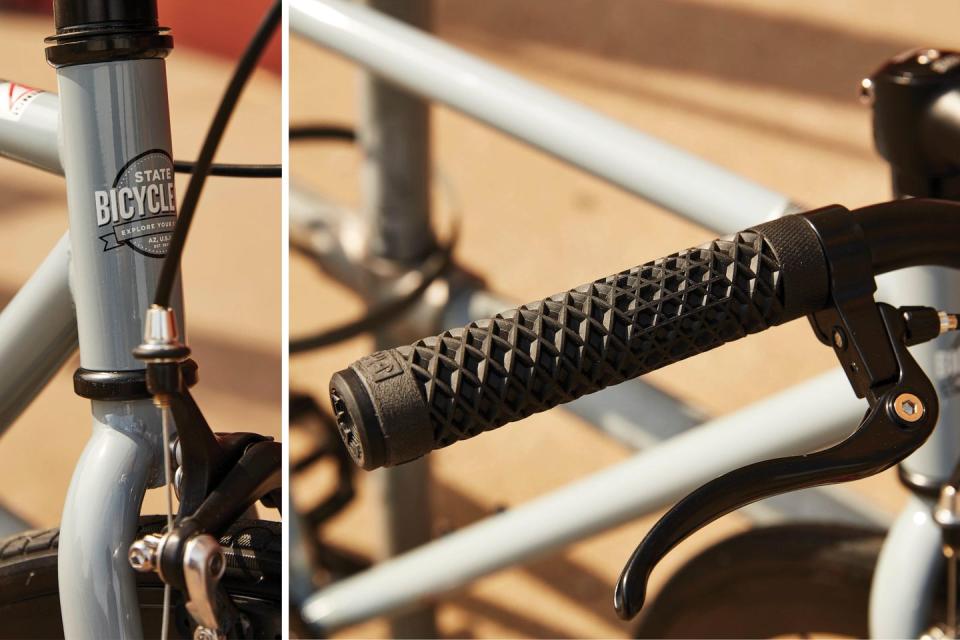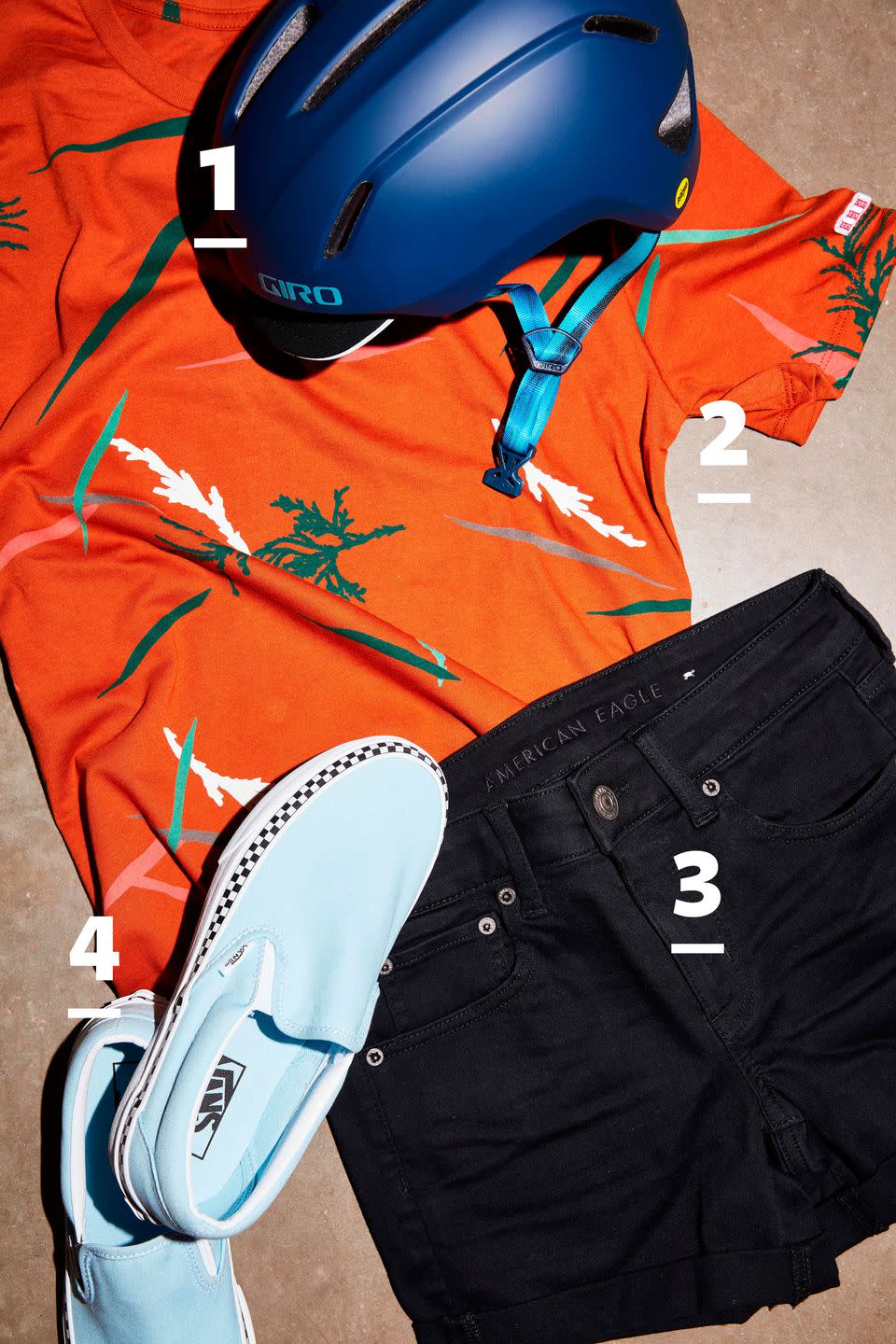State’s Core Line Is the Epitome of Cycling’s Rebellion

Ever since the Earth formed four and a half billion years ago, life on this planet has been a constant cycle of tearing down and rebuilding. Whether it’s an asteroid taking out the dinosaurs, the Visigoths sacking Rome, or the punks stripping 1970s rock of its excesses and indulgences, an agent of change, a counterculture, always comes around to topple the great and powerful. It’s just the natural order of things.
Bikes are no exception to the laws of nature. Consider mountain biking. It began in the 1970s as a bunch of hippies in jeans bombing hills on newsboy bikes, and by the 1990s the market was awash in all manner of expensive, finicky, failure-prone all-terrain exotica.
Then came the single-speed. Riders remembered that you didn’t need to be “serious” to ride hard, and you didn’t need a bunch of gears to have fun. In fact, you could have even more fun when you knew your derailleur wouldn’t explode 10 miles into your ride. Plus, less money spent on parts meant more money to spend on beer. By the end of the 1990s, the Single Speed World Championship was a thing, and ultimately the single-speed counterculture helped realign people’s priorities and restore some measure of integrity to mountain biking. Sure, there was a lot of riding around in G-strings, but integrity doesn’t necessarily connote dignity.

The simplicity of the single gear ratio also played a central role in the first great cycling trend of the new millennium: the fixed-gear. Back in the 20th century, if you rode a fixed-gear bike, you were probably a track racer, a roadie trying to improve your pedal stroke in the off-season, a bike messenger, or just the sort of huge bike nerd who perused Sheldon Brown and rec.bicycles.tech and then cobbled stuff together from the parts bin. But by the mid-aughts fixed-gears had become the default bicycle for the young city dweller (or what used to be called a “hipster”), and by 2010 they completed their infiltration of the mainstream when Walmart began selling what it called a “fixed-speed” bicycle, complete with a flip-flop hub.
At its core, the fixed-gear represented a crucial tearing down and restructuring of the cycling status quo. It instantly rendered the American bike industry’s out-of-touch hybrid-with-a-suspension-fork approach to the city bike obsolete, and it completely undermined the hi-viz-vest, reflective-pant-cuff-retainer commuter aesthetic. The fixed-gear was practical in a new way: Here was a bike you could throw over a shoulder and carry into your walk-up apartment, lock flush to a wrought-iron fence on a narrow Brooklyn sidewalk, and maintain cheaply and easily with minimal downtime for repairs. It also helped close the gap between bicycles and style for new riders, and its popularity coincided with a period in which many American cities were making their first meaningful efforts to make cyclists feel welcome, all of which conspired to usher in a new era of the bicycle as transport.

The fixed-gear sensibility also prefigured and helped precipitate many of the subsequent changes we’ve seen in cycling over the past decade. Bike commuting exploded. People who rode these bikes everywhere wanted to wear the same clothes on and off the bike, and more companies started designing casual clothing with the cyclist in mind. Newer riders interested in competition bypassed the uptight and insular world of road racing and instead found inclusion and fun in cyclocross, which soon experienced a surge in popularity. This in turn inspired more riders to seek dirt roads instead of pacelines, hence the gravel boom, and the advent of the “adventure” bike, and the bikepacking renaissance. It’s not at all crazy to say we’re now living in a golden age of cycling. There was a time when the detents between disciplines were crisp and abrupt, like an indexed shifter; now they’re fluid to the point of being almost nonexistent, like a CVT. The Age of the Fixie isn’t the only reason for this, but it certainly helped.

Cycling Clothes That Aren’t
1 / Giro Caden / $80 Skate-inspired design, but with the ventilation to keep you comfortable and a MIPS liner to reduce the chance of head injuries. Buy Now
2 / Topo Designs Tour Tee / $40 Wear this wonderfully soft organic cotton tee to everything less formal than board meetings and funerals. And bike there, too. Buy Now
3 / AE Ne(X)t Level Midi Short / $34 These women’s shorts (sorry, dudes) stretch, never sag, and rise high enough to protect your crack. Buy Now
4 / Vans Slip-On / $50 Beyond the BMX cred (undeniably cool), the flat outsole grips pedal pegs and the thick midsole is comfortable on any pedal. Buy Now
Of course, you can always count on the disrupter getting disrupted. Derailleur gears were the e-bike of their day; Tour de France founder Henri Desgrange famously said that “variable gears are only for people over 45,” banning them from the Tour de France for 34 years. Then they became the norm...until the 21st century, when everyone rediscovered the joys of the fixed-gear. (Then they all bought gravel bikes, and the derailleur was reborn anew.) These counter-movements are constantly tilling the soil of cycling. Yesterday it was alleycats, bike polo, and fixed-gear criteriums. Today it’s rideouts-huge groups of kids taking back the streets of their cities on throwback big-wheeled BMX bikes. Tomorrow it will be something else. Maybe in 20 years some kid who hasn’t been born yet will discover her mom’s old gravel bike in the back of the garage and repurpose it in a whole new way, just like the budding fixie riders did with those heavy old 10-speeds.
The best thing about countercultures is that they smash barriers to entry. Punk returned rock and roll to the youth because it was so simple and honest that anyone could make it. The fixed-gear did the same thing for cycling-you could get your hands on one cheaply, they made a statement, and they were so mechanically simple it was a great way to learn your way around a bike and gain confidence. Most importantly, they were fun.
('You Might Also Like',)

